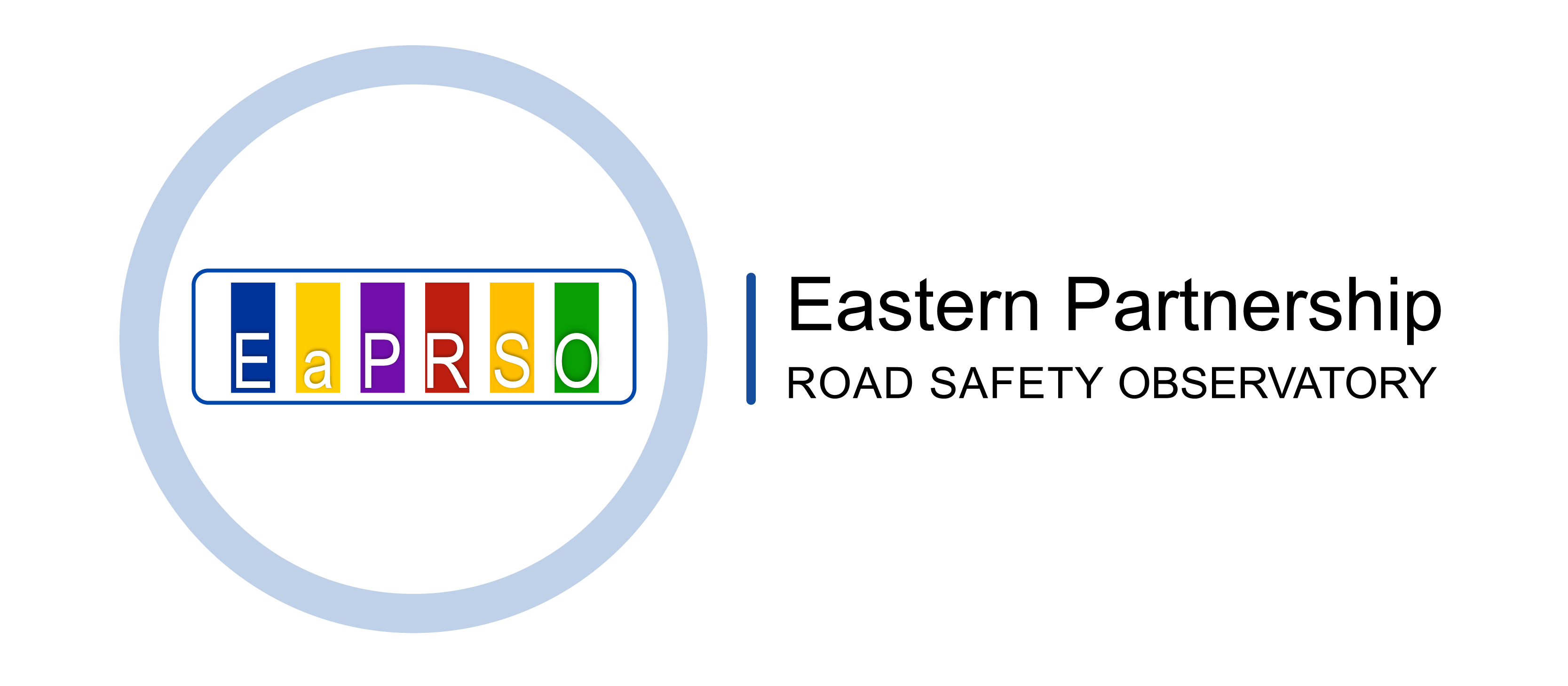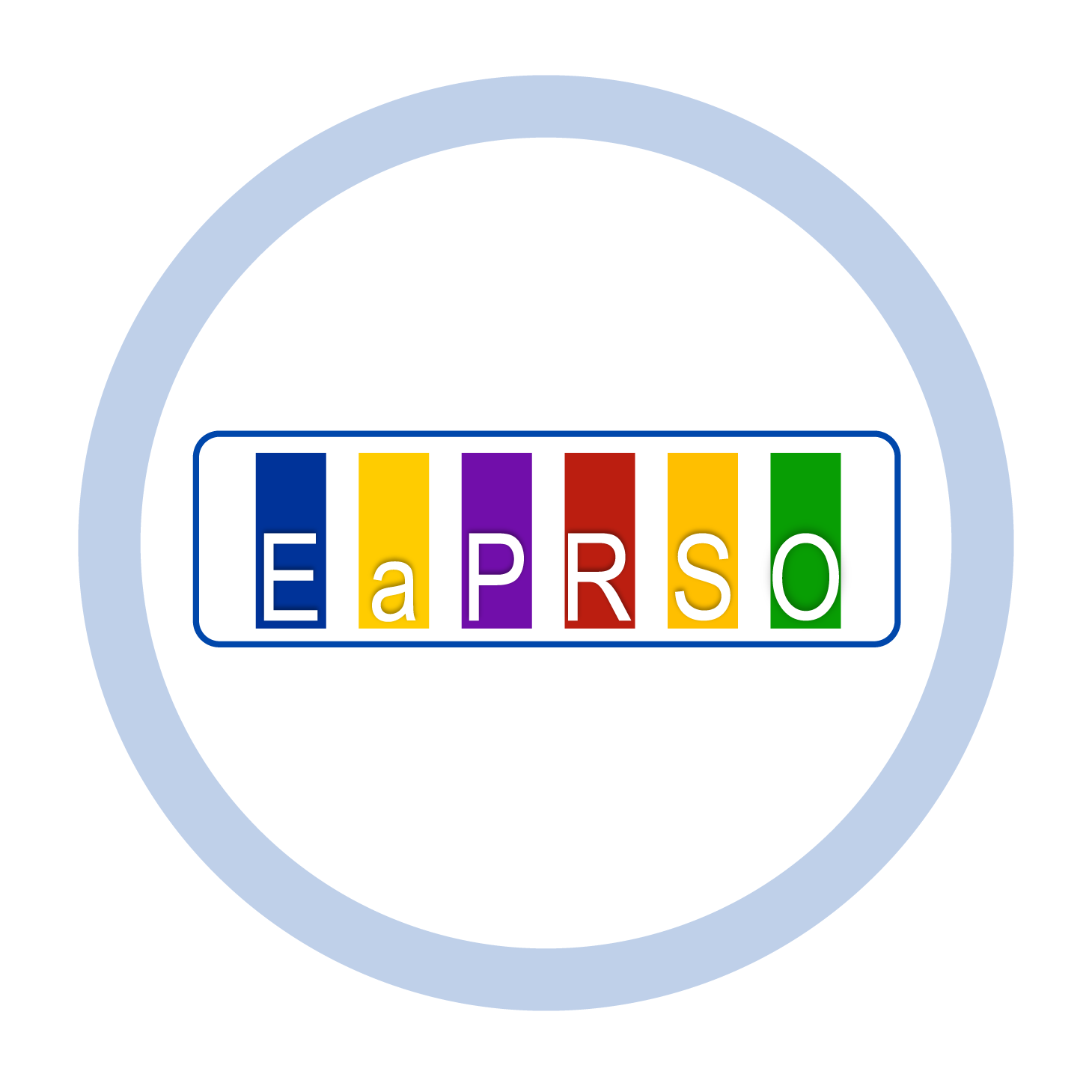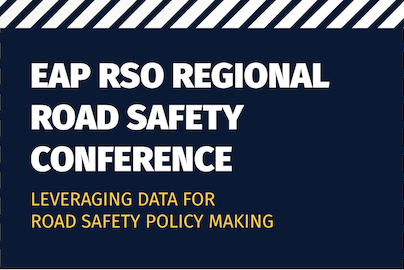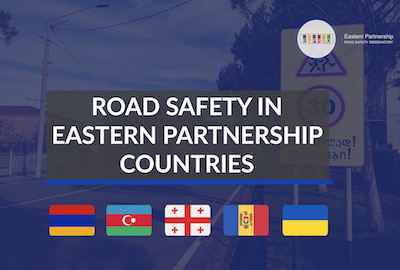From 12-18 May, national stakeholders and local NGOs in Armenia, Georgia, Moldova and Ukraine came together to mark the eighth UN Global Road Safety Week.
The aim of the week as defined by the World Health Organisation (WHO) and UN Road Safety Collaboration (UNRSC) was to spur action to make walking and cycling safe by highlighting concrete and specific interventions that can be taken by different stakeholders – governments, international agencies, civil society, businesses and schools. It is hoped that these actions will help promote and facilitate a shift to walking and cycling, which are more healthy, green, sustainable and economically advantageous modes of transport as well as contributing, directly and indirectly, to the attainment of many Sustainable Development Goals.
Across our member countries, national stakeholders took part to discuss what actions could be taken to improve road safety for pedestrians and cyclists and reduce the growing number of casualties on the road.
In Armenia the week was kicked off at Europe Day where the EaP RSO and our national country consultant, Poghos Shahinyan, spoke to passers-by about the need for more attention on pedestrian safety. At a higher level we leveraged our interest in data management to call for more data collection and analysis on pedestrian casualties. At the city level, the National Road Safety Council NGO and Traffic Police, collaborated with authorities in Yerevan to pilot two school zone interventions, reducing speed limits and installing traffic calming infrastructure to demonstrate how the Safe System Approach can work in practice to reduce child casualties.
In Georgia, a national road safety conference was organised by civil society representatives. The aim was to bring together national stakeholders to discuss a way forward and turn the tide against recent trends of increased road casualties in the country. The event involved the newly established Road Safety Department and others. Stakeholders discussed the need for better speed management legislation, including the reduction of tolerances, and praised ongoing efforts in Tbilisi and other cities to reduce speed limits around schools and other urban areas.
In Moldova, activities across the country were coordinated by the Automobile Club of Moldova. This included street marches, flashmobs, and public activities to raise awareness and enhance visibility of the week. At the same time, they took the opportunity to launch their new 30km/h School Zone Implementation Guide for Local Authorities (developed with EASST) to support the practical introduction of 30km/h speed limits and supporting infrastructure as now mandated by the National Road Regulations. In addition, a new national road safety competition "The ABCs of Safe Roads" dedicated to lower secondary school students was organized by the Republican Center for Children and Youth “Artico” and the Ministry of Education and Research.
In Ukraine, the Centre of Democracy and Rule of Law (CEDEM) organised a 1-day conference on behalf of the country’s coalition of road safety NGOs. It included a diverse representation from different government departments including Serhiy Derkach, Deputy Minister for Development of Communities and Territories of Ukraine and EaP RSO key stakeholder, Oleksii Biloshytskyi, First Deputy Head of the Patrol Police Department of Ukraine. It was an interesting meeting covering the country’s pending legislative amendments on penalties as well as how to tackle issues around speed tolerances and the need for a new national road safety strategy. The conference concluded with a review and recommitment to supporting the Manifesto for Safe Roads in Ukraine 2024 – a document that was published last year by 40 NGOs calling for targeted interventions to support road safety.
Across the region, UN Global Road Safety Week served as important opportunity to bring together stakeholders and put important road safety issues in the limelight. Events such as those held in each country demonstrate an increasing awareness and commitment to implementing evidence-based interventions and a recommitment to meet global targets to reduce road casualties by 50%.





